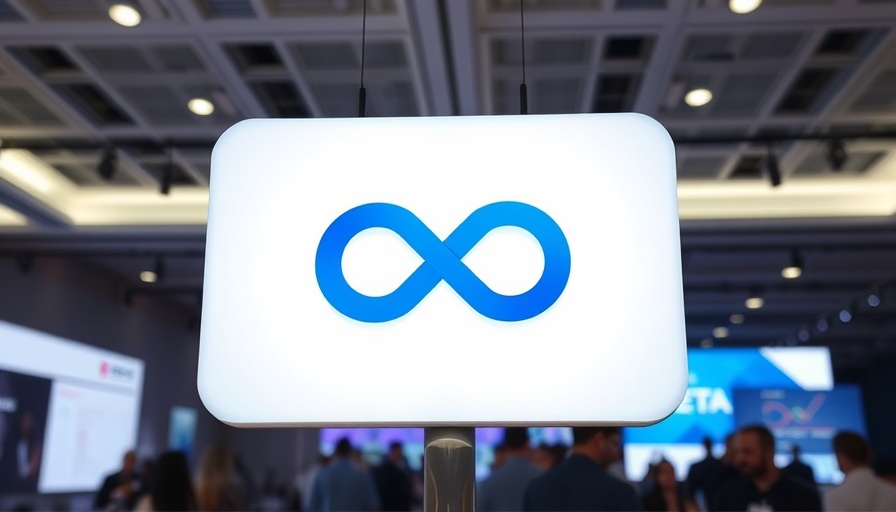
Meta AI App Launch Sparks Privacy Concerns
Since its launch in April 2025, the Meta AI platform has made waves with its innovative but controversial "discover" feature. This component allows users to see interactions with the chatbot that often contain sensitive personal information. Queries range from medical queries to legal advice, revealing a worrying trend: many users seem unaware of their privacy on this seemingly innocuous platform.
Public vs. Private: A Grey Area
While not all conversations on the Meta AI app are public by default, users must intentionally choose to share them, raising questions about user understanding of digital privacy. As the conversation grows louder, it is paramount for marketing managers to consider not just how data is shared but also how it is perceived by users themselves. When users share personal queries—like their experience with a medical issue or a delicate family situation—they may not realize they are entering a public space open for all to view.
Insights from User Interactions
The range of inquiries users have made is eye-opening. For instance, an elderly user seeking to understand younger women’s attraction to older men garners attention, but requests for private matters like rent termination templates indicate a significant breach of expected confidentiality. Many of these interactions feature names, locations, and even phone numbers, all tied to users’ profiles. Initiatives focused on educating the audience on privacy expectations could be invaluable in this digital climate.
The Role of AI in Ethical Challenges
As AI technology continues to advance, so do ethical concerns surrounding its use. Marketing managers need to navigate these challenges carefully. The fine line between utilizing AI insights for analytics and respecting user privacy is becoming increasingly blurred, and improper handling could lead to irreparable damage to brand reputation. According to privacy expert Jason Schroeder, misunderstandings about chatbot functionality and the implications of privacy can cloud users’ judgement — highlighting a responsibility to inform and protect consumers.
Understanding User Behavior and Trust
User behavior on social platforms like Meta AI reflects broader anxieties about data sharing. The casual nature with which users disclose personal information may suggest a disconnect between perception and reality; they may believe their chats are confidential when, in fact, they are accessible to the public. For marketing managers, this emphasizes the necessity of building relationships based on trust and transparency, especially as users increasingly recognize the value of their data.
Future Directions: Navigating Privacy Compliance
Looking ahead, compliance with data protection laws—like the GDPR or CCPA—will be paramount for platforms leveraging user-generated content. The responsible integration of AI technology must not only seek to enhance user experiences but also prioritize ethical considerations and adherence to stringent privacy standards. This is a call to action for marketing professionals: fostering consumer confidence through proactive strategies regarding privacy and data protection will position brands more favorably as market competition increases.
Conclusion: A Call for Awareness
Overall, the Meta AI app serves as an important case study on the implications of AI in public interactions. Conversations that users have with chatbots could drastically shift brand perceptions based on the perceived seriousness of privacy issues. As marketing managers strive to hone their strategies, they must be aware of the delicate balance between innovation and user trust. Engaging consumers in discussions about privacy and helping them understand their rights in digital spaces are vital steps in this evolving landscape.
 Add Row
Add Row  Add
Add 




Write A Comment